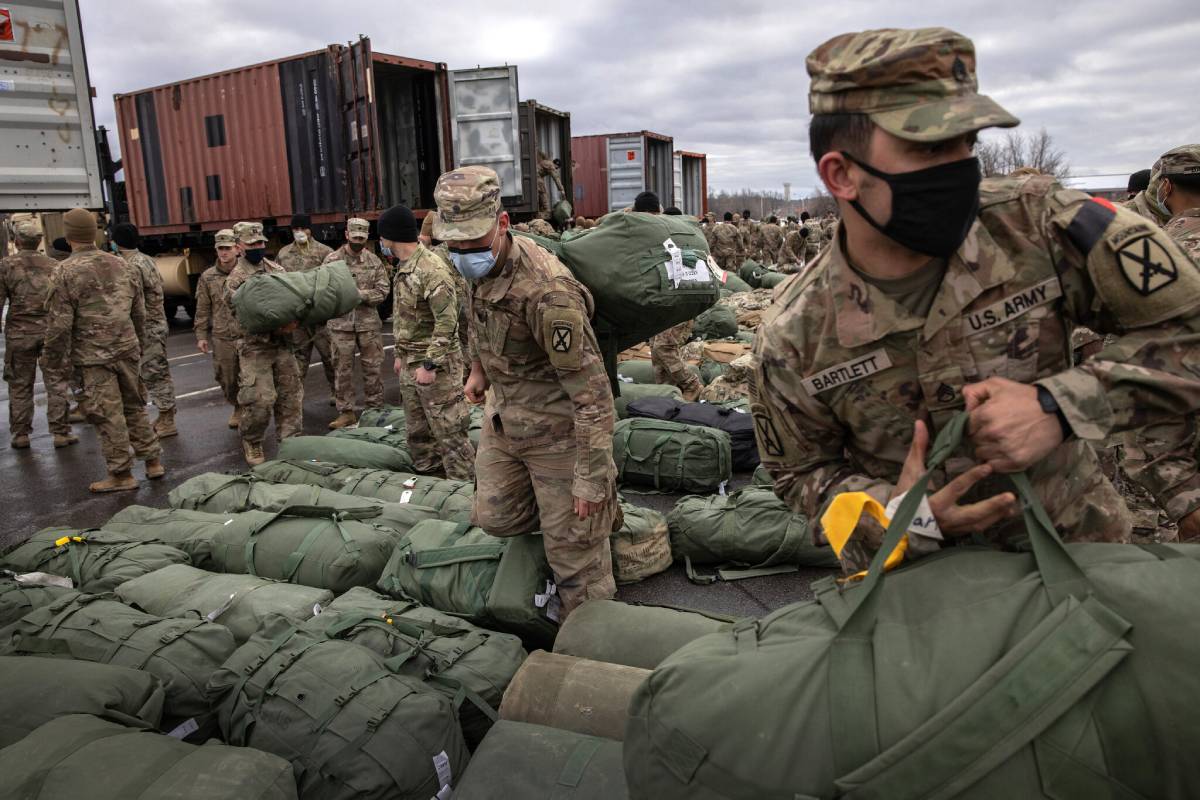Twenty years ago, in these pages we published our first article together anticipating the doubtless cruel reckoning that the 9/11 attacks would provoke from an instinctively truculent Republican crew in the White House who in no small part were responsible for the carnage, due to their laxity over well-documented Al-Qaeda threats.
The US aerial assault on Afghanistan had not yet begun. In no way did we figure that US ground forces, already alighting there in dribs and drabs of Special Forces, would stick around for several decades, although anyone who bothered to look could see that the US boasted a stark history of not exiting willingly after it commits troops abroad.
We’re certainly not prophets but it was awfully easy to see then what lay ahead if the Bush administration carried out its aggressive agenda as it pleased, a righteous mixture of revenge and unchecked geopolitical ambitions.
We weren’t privy then to now released intelligence reports that the Taliban strived desperately to hand Bin-laden over to the US (or snuff him themselves) but were brushed aside because the Bush administration was hell-bent on vengeance and, even more so, on seizing a sweet opportunity to achieve grand policy dreams in the area.
It is not as if one needed a high-definition crystal ball to guess all of this. Many savvy observers did have nagging suspicions, but they kept very quiet in the feverish jingoist atmosphere prevailing after the hijacked planes gruesomely struck their targets. It scarcely mattered at all that 16 of the 19 hijackers were Saudis or that the plot was hatched in Hamburg.
Saudi Arabia and Germany naturally (and sensibly) were scratched off the list of candidates for retaliation.
Afghanistan, startlingly, looked like easy prey to Washington even after the Afghans had ousted the Soviets in 1989. (Presumably, the CIA gambled that without their aid the Afghans could not mount a resistance.)
An all too accurate maxim in politics is that States shamelessly seize any chance to enact their favorite solutions, whether or not the solutions happen to fit. There clearly was no stopping the US from going in guns blazing and, ultimately, frittering more than a trillion dollars, several thousand American and NATO lives, at least 70,000 Afghan lives, the countless maimed mentally as well as physically, and imposing a drone strike hell across the country. And let’s not ponder all the surplus US weapons now left behind.
On the other hand, America’s investor class prospered, as it always does, from massive military spending which then was cited as a clinching excuse not to provide citizens with national health care, free public education through the University, and other civilizing amenities enjoyed in other industrial societies. Old story. One could rely on the US government to perform the most counterproductive acts possible, which it dramatically doubled down on later in Iraq.
So, we opted to imagine in that mouldering article many years ago what ameliorative actions might succeed in Afghanistan if genuinely intelligent and caring foreign policy figures took charge of the proceedings. (Yes, it was quite a stretch.) We hunted for potential silver linings.
Swords had to be accompanied, we urged, by ample ploughshares if Afghanistan was to emerge from US intervention in better condition for everyone’s sakes. Keeping foreign forces there after routing the Taliban struck us as supremely dumb, but only if unaccompanied by huge foreign aid and if the invaders really wanted to stem terrorism rather than profitably stoke it, which appears to have been the case.
While the term “police action” was severely compromised by the bloodbath of Korea to which it was first applied, it was closer to the right spirit than foolish chatter about waging endless war against evil. Hey, and what if the US assault was accompanied by strong efforts to resolve the Middle East crisis in a just way for Palestinians so as to increase credibility in the Muslim world?
Rebuilding Afghanistan after a Western attack “requires connecting with indigenous Afghan forces, employing UN- sponsored peacekeeping troops from primarily Muslim nations such as Egypt, Pakistan and Indonesia, and putting a democratic caretaker structure into place. The USA should export opportunities to the refugee camps in Pakistan and Iran and in the diaspora in Europe to assemble a palatable leadership structure of a new “non-puppet” government that Afghans can live with,” we urged. Fat chance.
We foresaw, as could anyone who wasn’t blind, that dispersing the Taliban would not end them. A guerrilla war would smoulder on, we assumed, “but at low-intensity levels if the population is won over to a new regime. Aid programmes in the spirit of the Marshall Plan would dampen local animosities and apprehensions and thereby be a cheap investment in stability and justice.”
Nothing could have been more cynically practical, but, as it miserably worked out, less than 5 per cent of cash flowed to civil reconstruction purposes. A mere 5 per cent cut would have been spurned by the legion of corrupt local grafters who took charge under tender US auspices.
Ironically, the worst outcome at the time, it seemed, was to blast Afghanistan apart, scamper away, and let the Taliban resume its reign of theocratic terror. “To repeat the washing of hands” that occurred after the Soviet departure, we thought, “is inviting future upheavals in the region and terrifying spillovers into the West.” Actually, in sad retrospect, it would have been far better for the US to have hit and run. The Afghan people, by their own actions, might have rid themselves of Taliban rule by now. The US too likely would be a very different country.












